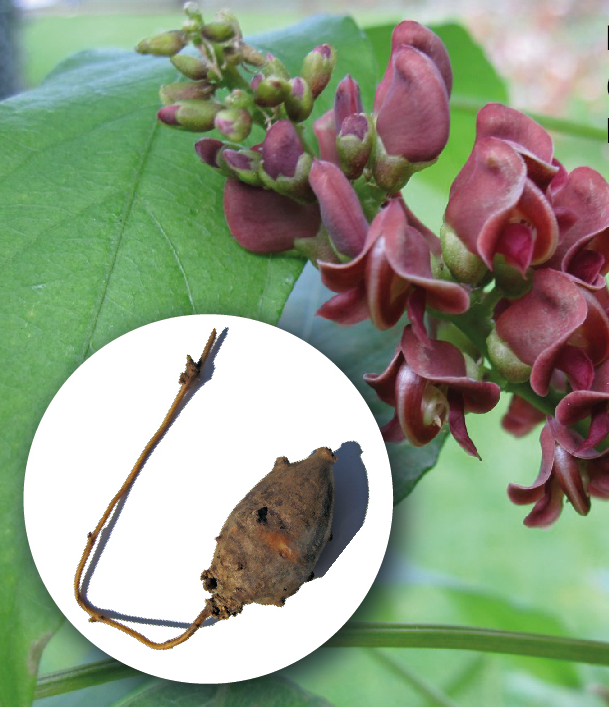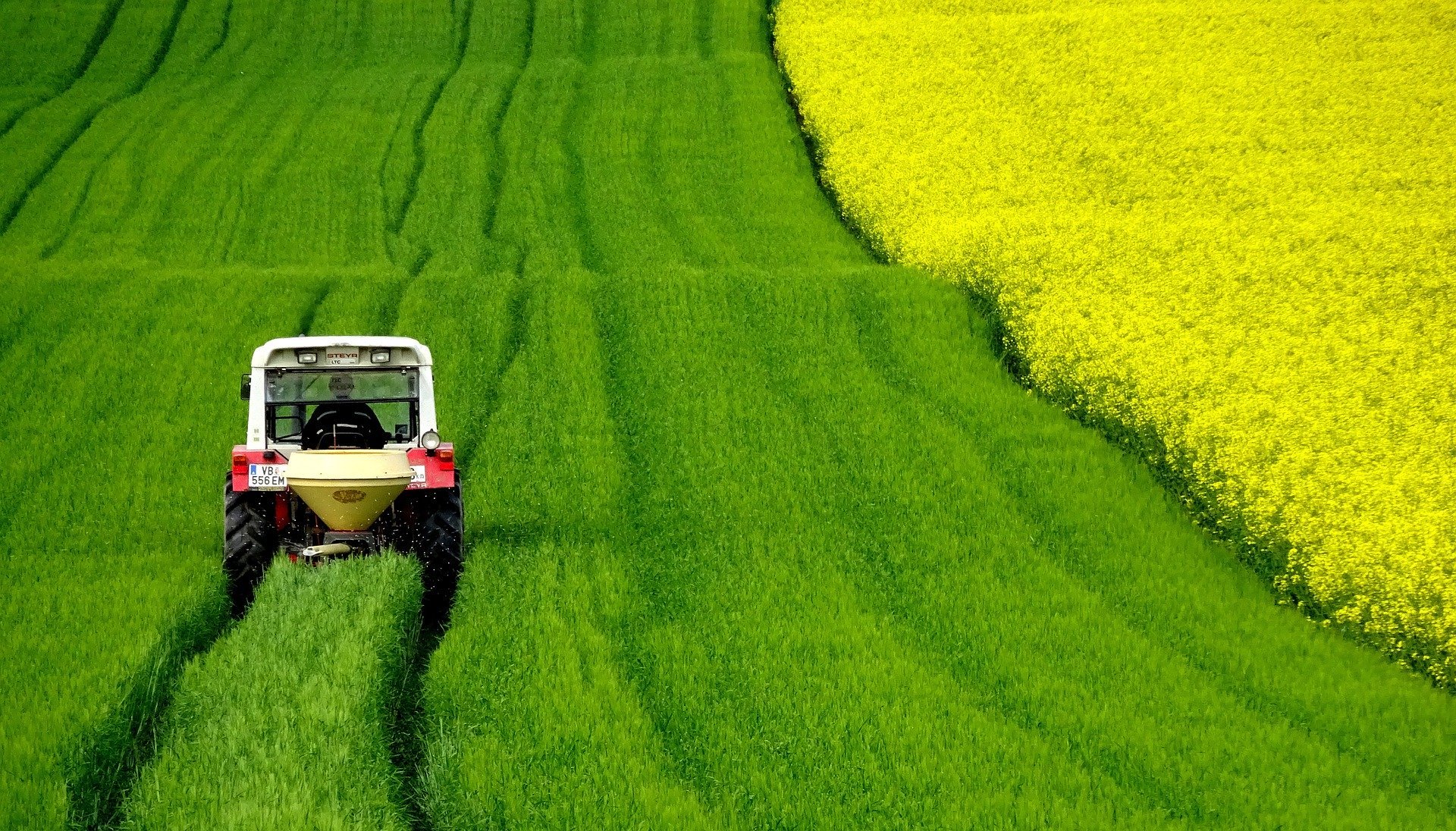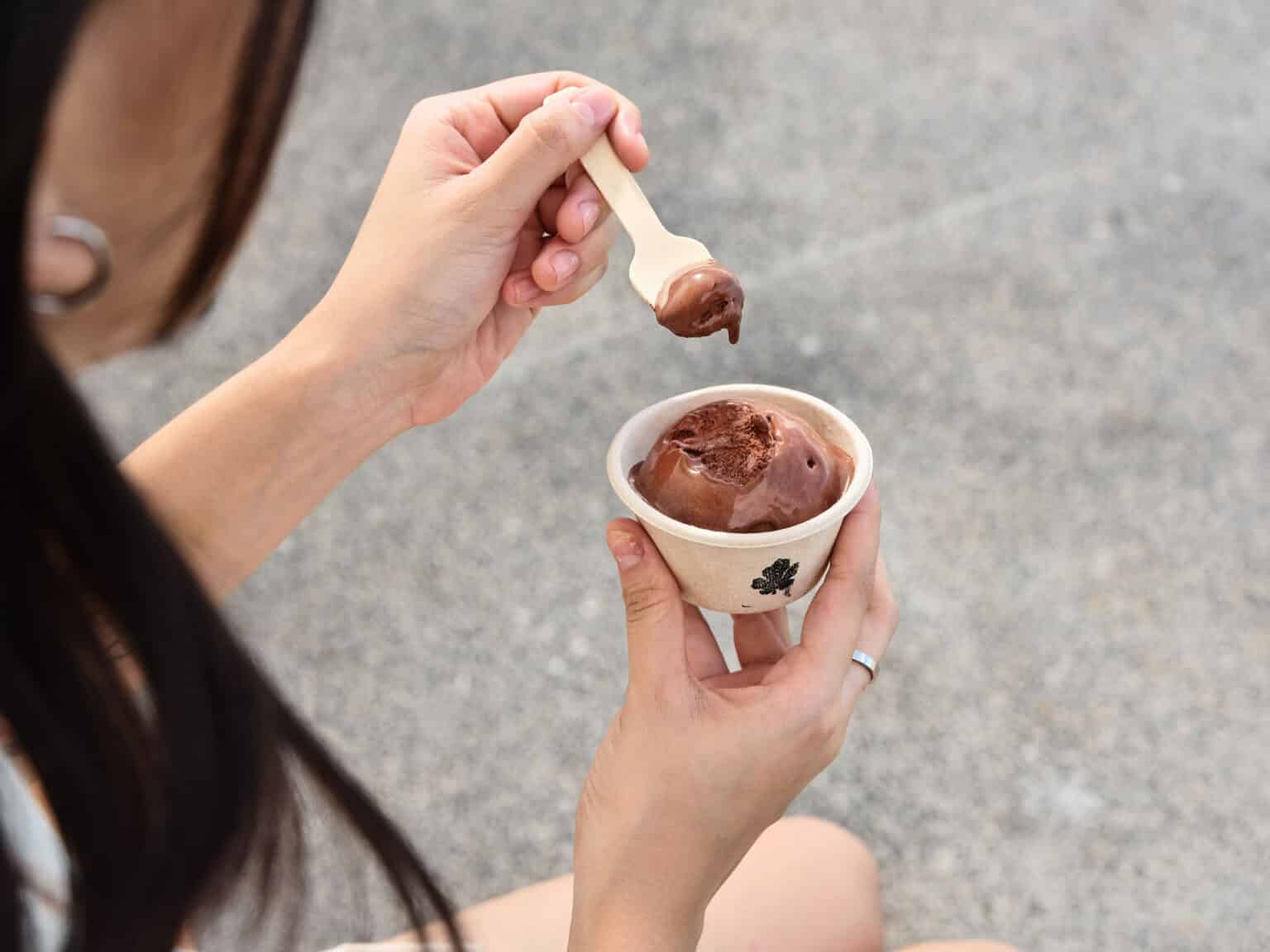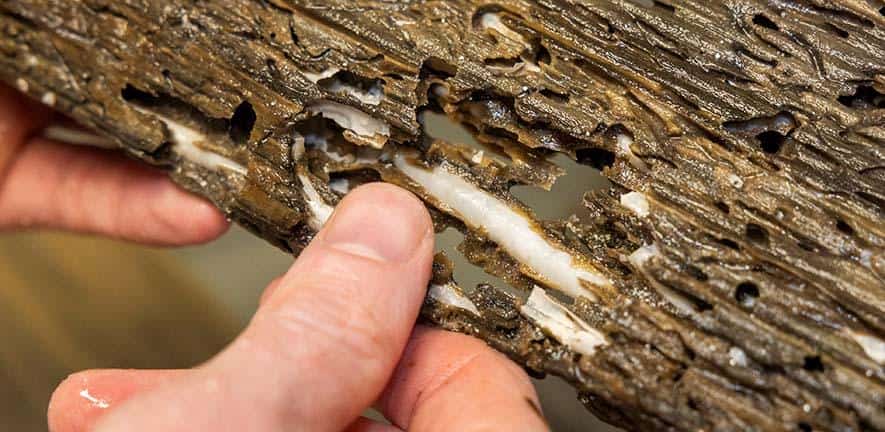
Garden centers extol the butterfly plant Apios Americana because it smells so wonderful. But that it was once an important food source for Native American tribes is much less well known. According to researchers from the Rowett Institute at the University of Aberdeen, the Scottish Rural College (SRUC and the Royal Botanic Garden Edinburgh RBGE), the plant can be put to good use as part of a healthy and biodiverse diet. While being an alternative source of protein, at the same time, it also contributes to a better environment.
As the world’s population continues to rise, so does the demand for food. The current method of food production through bio-industry is not sustainable. There are alternatives. For example, cultivating insects as a basic ingredient for a meat substitute. However, as far as British scientists are concerned, the potato bean is potentially a very good idea as a protein source. Apios Americana is native to Florida, Texas and Colorado. However, the scientists point out that the plant could also be grown successfully in cooler regions such as the United Kingdom.
Climate goals
“The majority of protein intake in the UK is currently derived from animal sources. But if we were to diversify our recommended intake of protein that is derived from plant sources, such as the potato bean, it would help meet our climate goals and improve health,” commented Dr Madalina Neacsu of the Rowett Institute.
Dr. Max Coleman of the RBGE believes that wild, crop-related species can be a tremendous resource for agriculture. “Botanical gardens can play an important role in maintaining their genetic wealth.”
We use less than 1 percent of the edible plants available to us.” Dr. Max Coleman, RBGE
“The potato bean is one example of the potential of wild plants for diversifying our diet and building resilience in agriculture. There are an estimated 30 thousand edible plants available. Yet global consumption only accounts for about 150 of these plants. A mere 12 crops provide 80 percent of our calories. That means we use less than 1 percent of the edible plants available to us. We have a lot of exciting work ahead of us.”
Fiber-rich foods
Specifically, the researchers examined the macronutrients (protein, fiber, fat), micronutrients (microelements and minerals) and non-nutrients (bioactive phytochemicals) of the tubers. They also analyzed the potential value of other parts of the plant, such as peels, rhizomes and leaves.
Dr. Neacsu: “The benefits of the potato bean are very promising. It is a rich source of protein and a good way to easily ingest fiber-rich foods. The tuber of the plant contains all the essential amino acids we need to make proteins in the body. The peel and leaves are also another rich source of bioactive compounds normally found in superfruits, such as berries.”
Further trials are now needed to better understand the best way to grow this potato bean on a larger scale and the feasibility of using the foliage as well as the seeds and tubers.”
The research was published in the Journal of Food Composition and Analysis.







